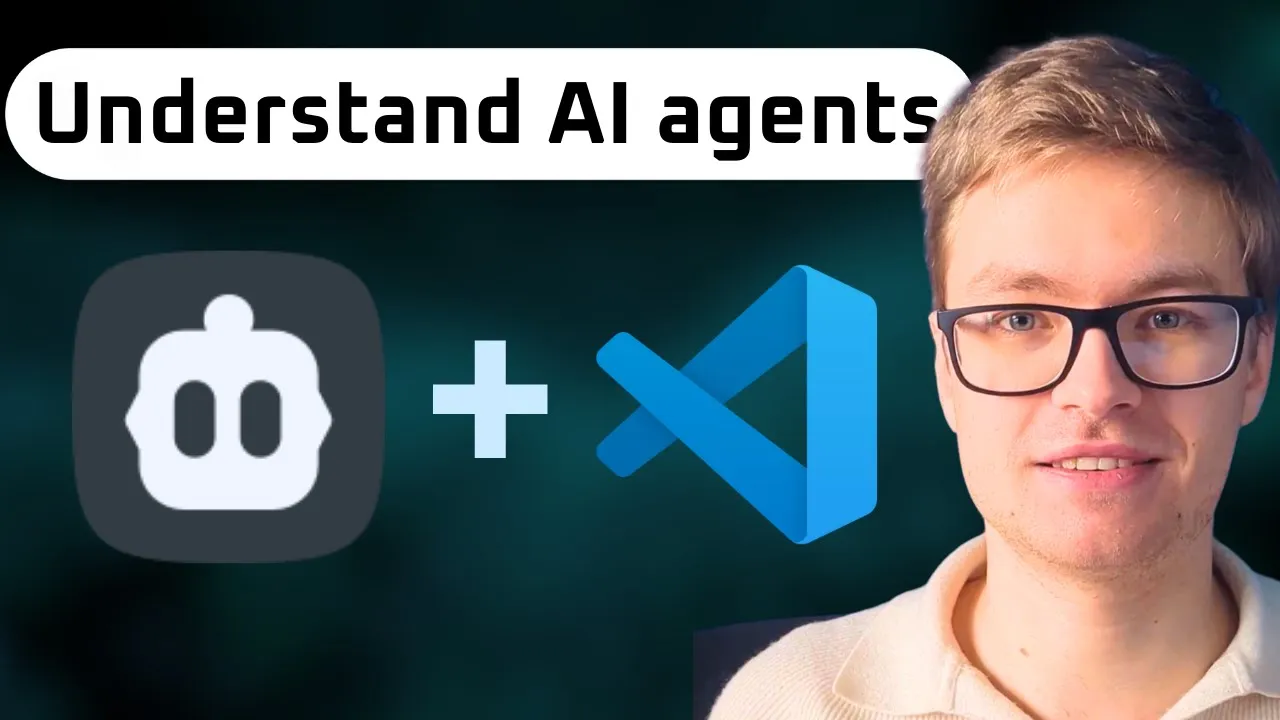Understanding AI Agents Beyond the Hype
AI agents have captured the imagination and attention of the tech world, often promising revolutionary capabilities. But how do these agents actually work in practice? Rather than adding to the hype, this blog examines the reality of AI agents through the lens of Cline, a practical implementation that demonstrates both the capabilities and limitations of current agent technology.
The Truth About AI “Autonomy”
One of the most important revelations when working with AI agents is understanding the fundamental truth about their capabilities: language models themselves cannot perform actions. Despite common misconceptions, large language models (LLMs) can only generate text—they cannot directly interact with software, execute commands, or manipulate files.
What makes tools like Cline appear autonomous is a carefully designed system that translates language model outputs into actionable commands that are executed by traditional code. This distinction is crucial for understanding both the potential and limitations of AI agent technology. For a comprehensive guide on building these systems, see my complete AI agent development guide.
How Cline Performs Actions
Cline operates through a sophisticated protocol that allows it to bridge the gap between language generation and action execution. When you instruct Cline to perform a task like creating a REST API server, several components work together:
- The language model generates structured output containing tool invocation instructions
- A parsing system identifies these specially formatted instructions
- Traditional code executes the actual commands on your behalf
- Results are fed back into the conversation
This system allows Cline to appear to “do things” while maintaining appropriate safeguards. The human approval workflow is a critical component—you’ll notice that Cline consistently asks for permission before executing commands, reading files, or making changes to your system.
The Model Context Protocol (MCP)
At the heart of Cline’s agent capabilities is the Model Context Protocol (MCP), a standardized set of communication tools developed by Anthropic. MCP provides the framework that allows servers with traditional code to parse output from language models and execute appropriate actions.
This architecture consists of:
- An MCP client (the VS Code extension)
- Various MCP servers for different capabilities (file operations, terminal commands, API calls)
- A structured communication protocol between these components
This modular approach makes it possible to extend Cline’s capabilities by adding new MCP servers that handle specific tools or integrations, as demonstrated in the video when creating a custom tool for interacting with a REST API. Learn more about the practical implementation of tool integration in my AI agent tool integration guide.
The Human-AI Collaboration Model
Perhaps the most important insight about AI agents is that they work best in collaboration with humans rather than as fully autonomous systems. Cline exemplifies this collaborative approach:
- The AI suggests actions but doesn’t execute them without approval
- Human users provide guidance, context, and corrections
- The workflow combines AI capabilities with human judgment
- Complex tasks emerge from this back-and-forth interaction
This collaborative model leverages the strengths of both human intelligence and artificial intelligence: the AI’s ability to generate code and suggest approaches combined with the human’s decision-making capabilities and contextual understanding.
Beyond Simple Automation
The real value of AI agents like Cline isn’t just automation—it’s augmentation. Rather than replacing human developers, these tools extend their capabilities. The system prompt that guides Cline’s behavior defines tools for executing commands, reading and writing files, and making API calls, but these tools are always invoked within a human-supervised workflow.
This approach represents a more realistic and immediately valuable application of AI technology than fully autonomous systems. It addresses practical needs while acknowledging the current limitations of large language models.
Conceptual Understanding vs. Technical Implementation
Working with AI agents requires understanding the conceptual distinction between language generation and action execution. The language model itself never “does” anything—it simply generates text in a structured format that includes tool invocation instructions. These instructions are then interpreted and executed by traditional software.
This architecture creates both limitations and opportunities. While it means AI agents aren’t truly autonomous, it also provides natural checkpoints for human oversight and a clear path for extending capabilities through new tools. For insights on implementing these architectural patterns in real-world business scenarios, check out my AI implementation business use cases guide.
To see exactly how to implement these concepts in practice, watch the full video tutorial on YouTube. I walk through each step in detail and show you the technical aspects not covered in this post. If you’re interested in learning more about AI engineering, join the AI Engineering community where we share insights, resources, and support for your journey. Turn AI from a threat into your biggest career advantage!

